
AeroGenie – Ihr intelligenter Copilot.
Trends
Categories
Using AI to Improve Supplier Risk Assessment in Aviation

Using AI to Improve Supplier Risk Assessment in Aviation
The Growing Complexity of Risk Management in Aviation
The aviation industry faces an ongoing challenge in maintaining up-to-date risk assessments amid rapidly evolving safety guidelines and best practices. By the time organizations align their processes with current standards, those standards may already have shifted, creating a persistent lag. This issue is further complicated by the scale of global fleets and the intricacy of aviation supply chains. In response, many companies are increasingly turning to artificial intelligence (AI) to enhance the effectiveness and timeliness of their risk management strategies.
AI technologies are being deployed to automate and optimize risk assessment processes, particularly in evaluating supplier stability and identifying potential constraints related to quality and delivery. Traditional risk management tools have primarily focused on mechanical failure rates, maintenance schedules, and regulatory compliance. However, AI-powered solutions now provide a more comprehensive perspective. These systems enable the automation and streamlining of maintenance, repair, and overhaul (MRO) workflows, while also incorporating broader risk factors such as geopolitical disruptions—including wars, tariffs, and shifting trade policies. Furthermore, AI facilitates automated decision-making and workflow management across entire supply networks, offering a level of integration previously unattainable.
Challenges and Industry Perspectives on AI Integration
Despite the clear advantages, integrating AI into aviation risk management presents significant challenges. The complexity of embedding AI models within existing supply chain systems can be formidable, and concerns over data privacy and security remain paramount. Additionally, the financial investment required to implement advanced AI technologies is substantial, necessitating careful evaluation by aviation companies.
While machine learning applications have demonstrated impressive outcomes—such as Delta Tech Ops achieving a predictive maintenance success rate exceeding 95%—questions persist regarding the reliability and transparency of AI-driven decisions. Experts from institutions like the Georgetown Center for Security and Emerging Technology (CSET) stress the importance of developing AI systems that are governable, transparent, and traceable. This accountability must extend across all stakeholders, including original equipment manufacturers (OEMs), airlines, and suppliers.
Regulatory bodies such as the Federal Aviation Administration (FAA) are actively exploring how AI can be safely incorporated into existing safety frameworks without undermining oversight. Concurrently, aviation companies are reevaluating their approaches to supplier risk assessment. Traditional metrics—such as on-time delivery rates and parts performance—have long been central to these evaluations but are often difficult to measure consistently within the complex, global aviation ecosystem.
Expanding the Scope of Supplier Risk Assessment
AI expands the scope of supplier evaluation by enabling companies to analyze not only conventional delivery and performance metrics but also a supplier’s software systems, automation capabilities, and data-sharing protocols. This holistic approach is increasingly critical as aviation supply chains grow more fragmented and susceptible to disruption. Even a single issue with a lower-tier supplier can cascade into production halts, regulatory delays, and grounded flights.
The market is responding with heightened investment in AI technologies aimed at enhancing supplier risk management. Industry competitors are adopting similar AI-driven methodologies, signaling a broader shift toward advanced analytics in supplier assessments. As companies seek robust and objective solutions that move beyond traditional spreadsheets and informal networks, AI is positioned to become central in safeguarding the aviation sector’s complex supply chains.
Ultimately, the evolution of supplier risk assessment in aviation depends on balancing the transformative benefits of AI with the imperatives of responsible integration, data security, and regulatory compliance. As the industry continues to adapt, AI-driven tools are set to become indispensable in managing the emerging challenges of aviation risk.
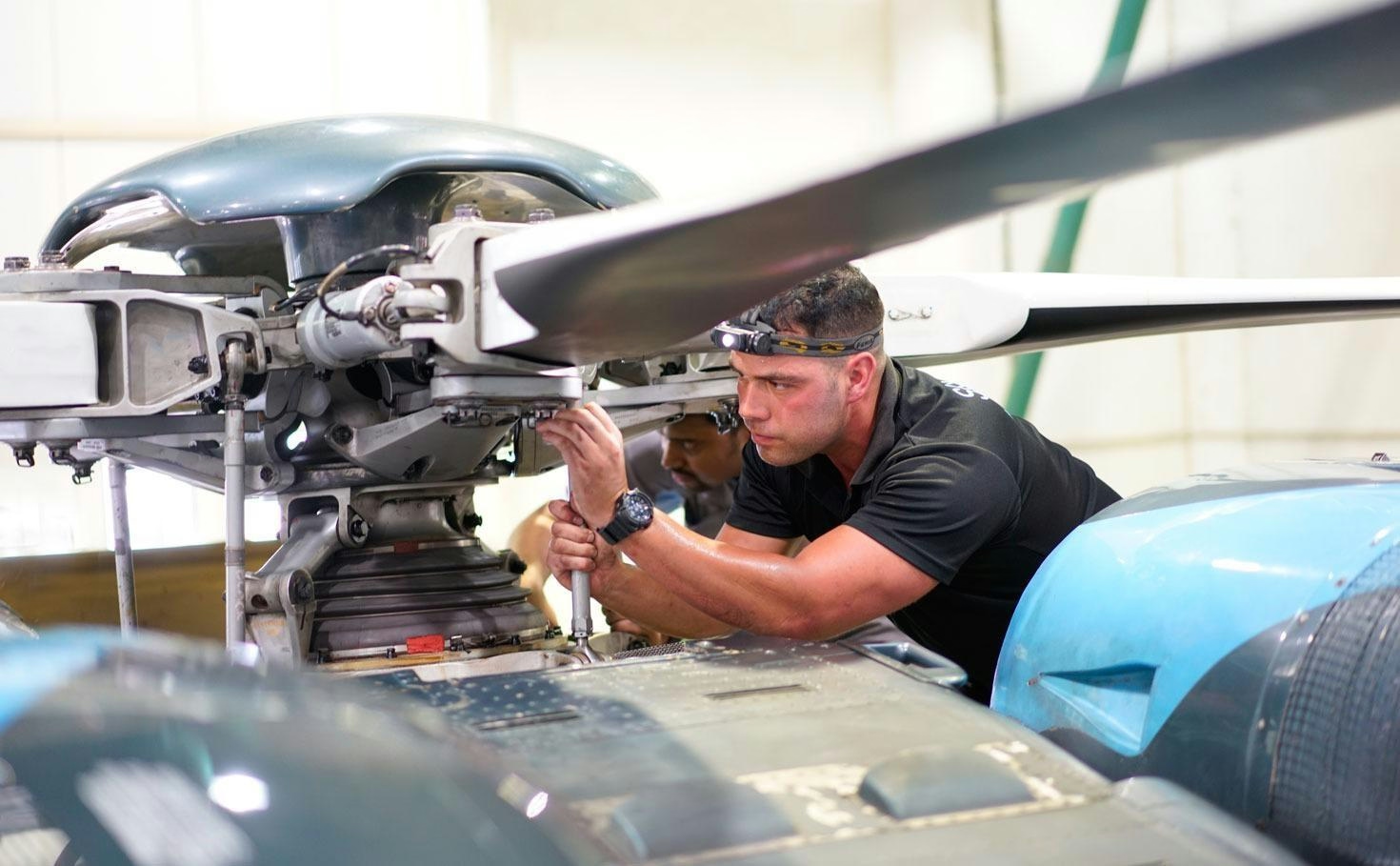
Companies Producing Diesel Airplane Engines Face Questions About Safety and Performance
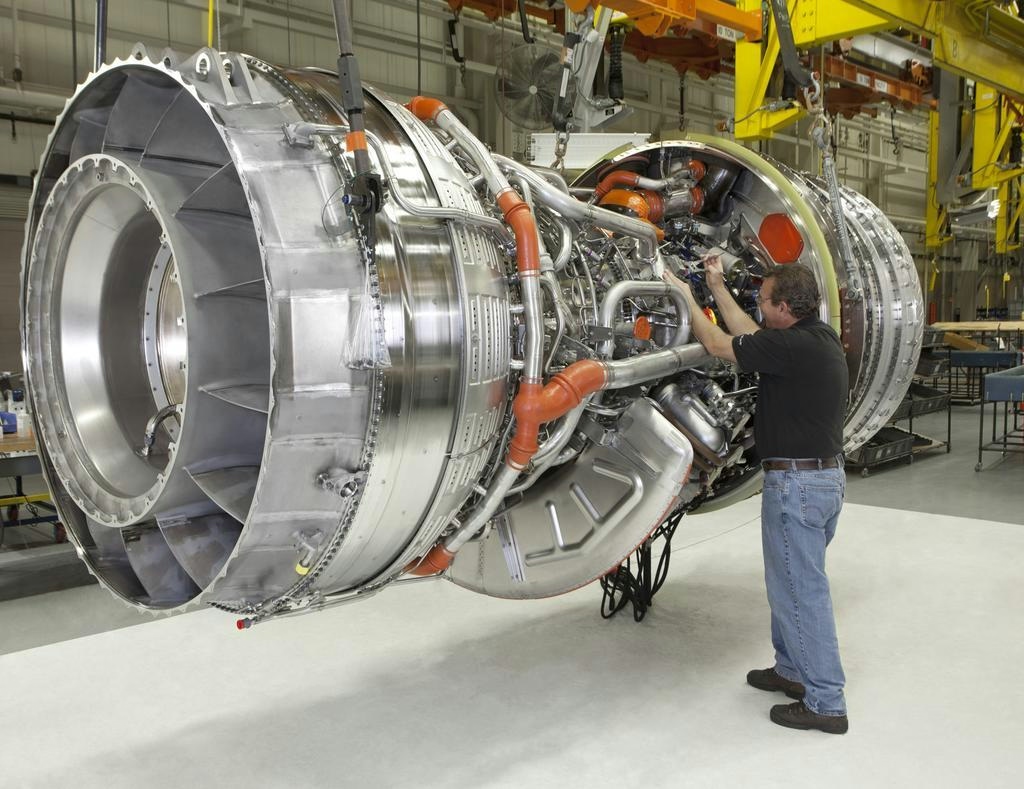
Explained: How GE Became a Jet Engine Manufacturer

Aviation Capital Group Delivers Boeing 737 MAX 8 to LOT Polish Airlines
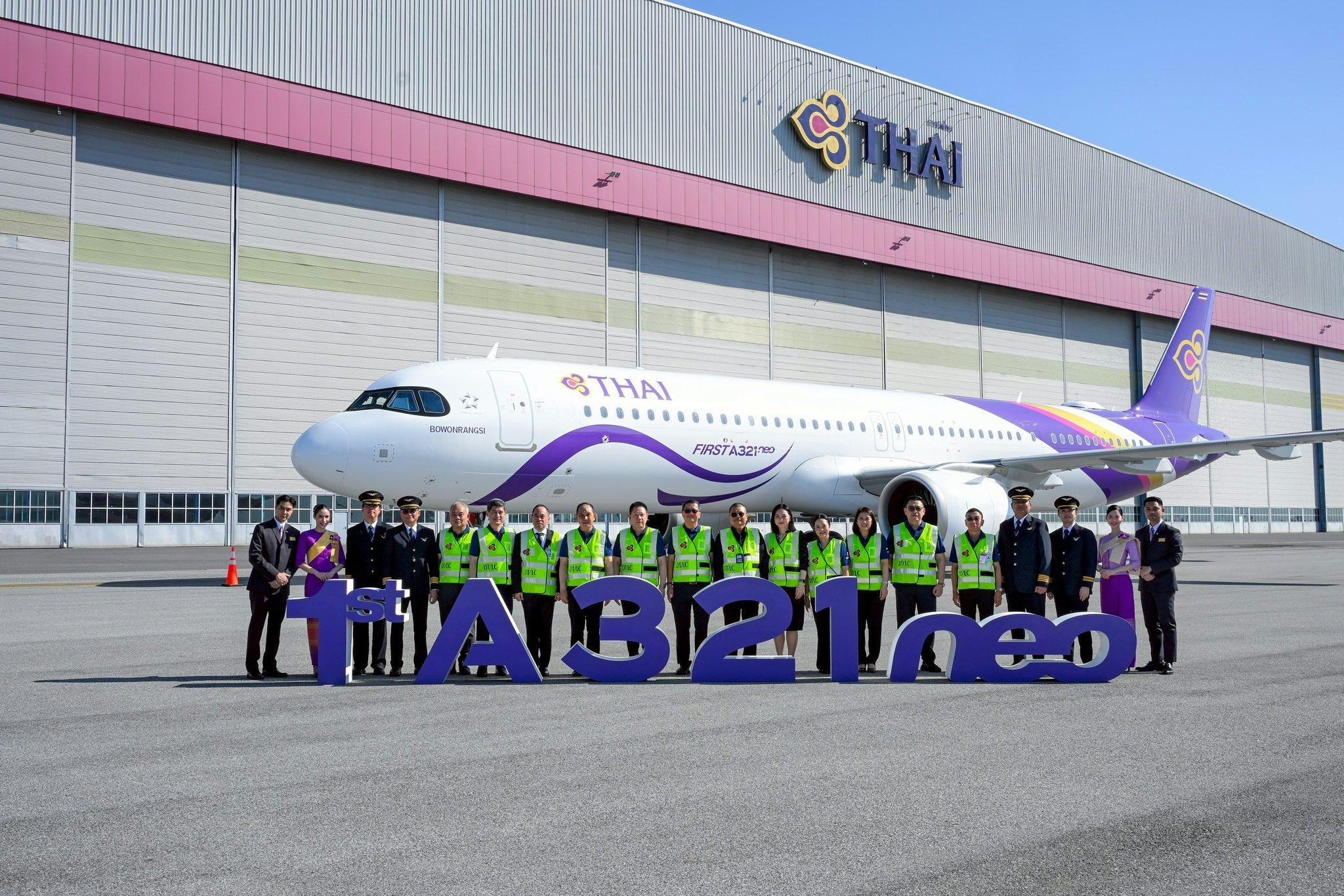
Thai Airways Receives First A321neo Aircraft
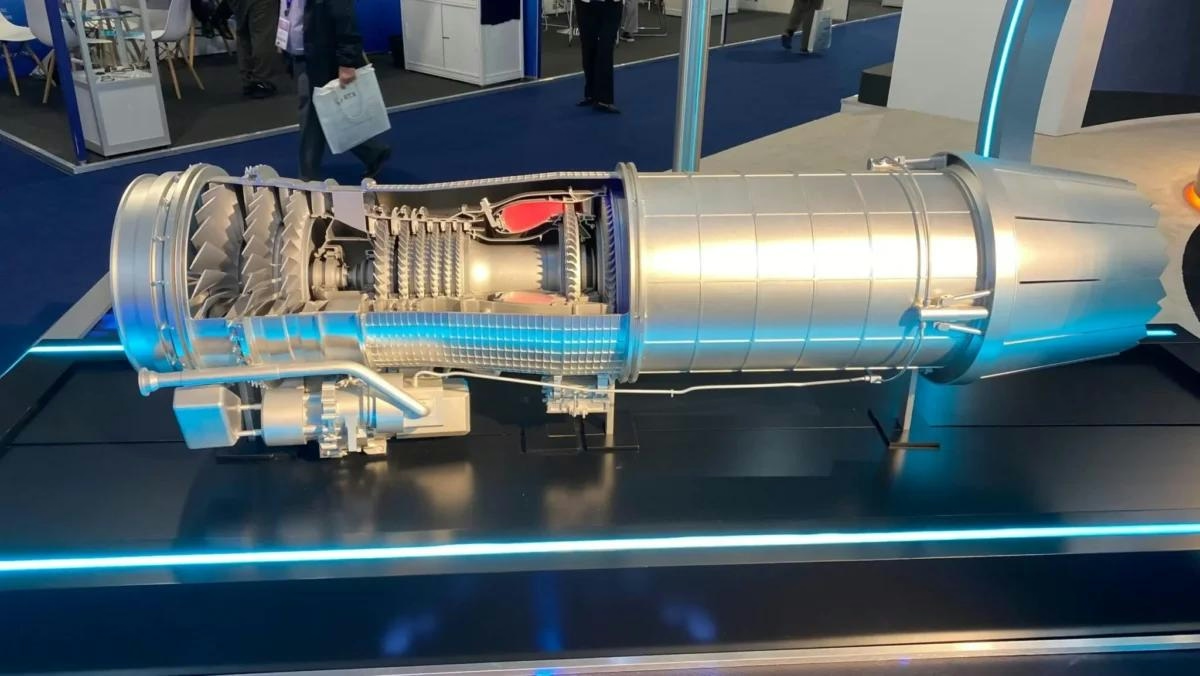
Seoul Invests 3.35 Trillion Won in New Fighter Jet Engine Development
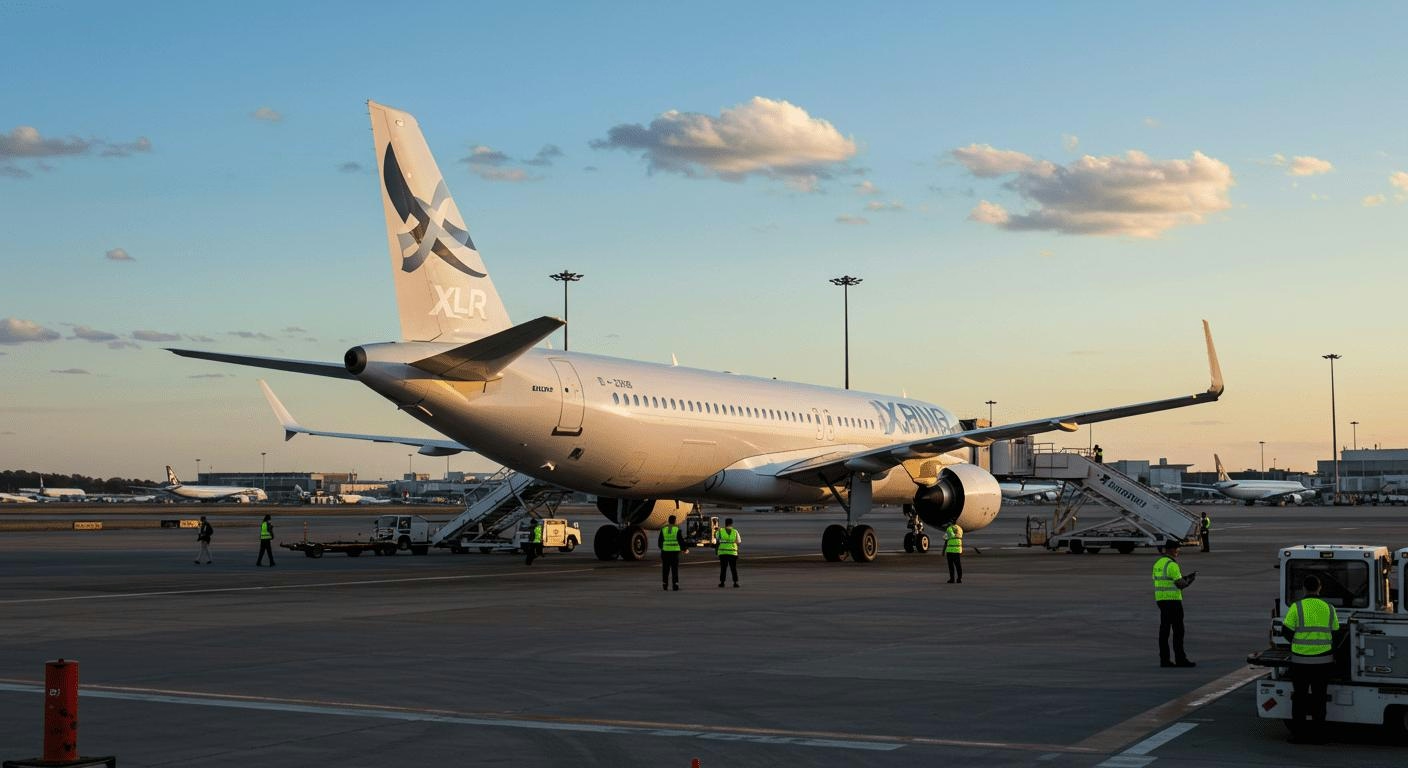
Can the A321XLR Replace Widebody Aircraft?

Airline Uses AI to Hold Flights for Passengers with Tight Connections
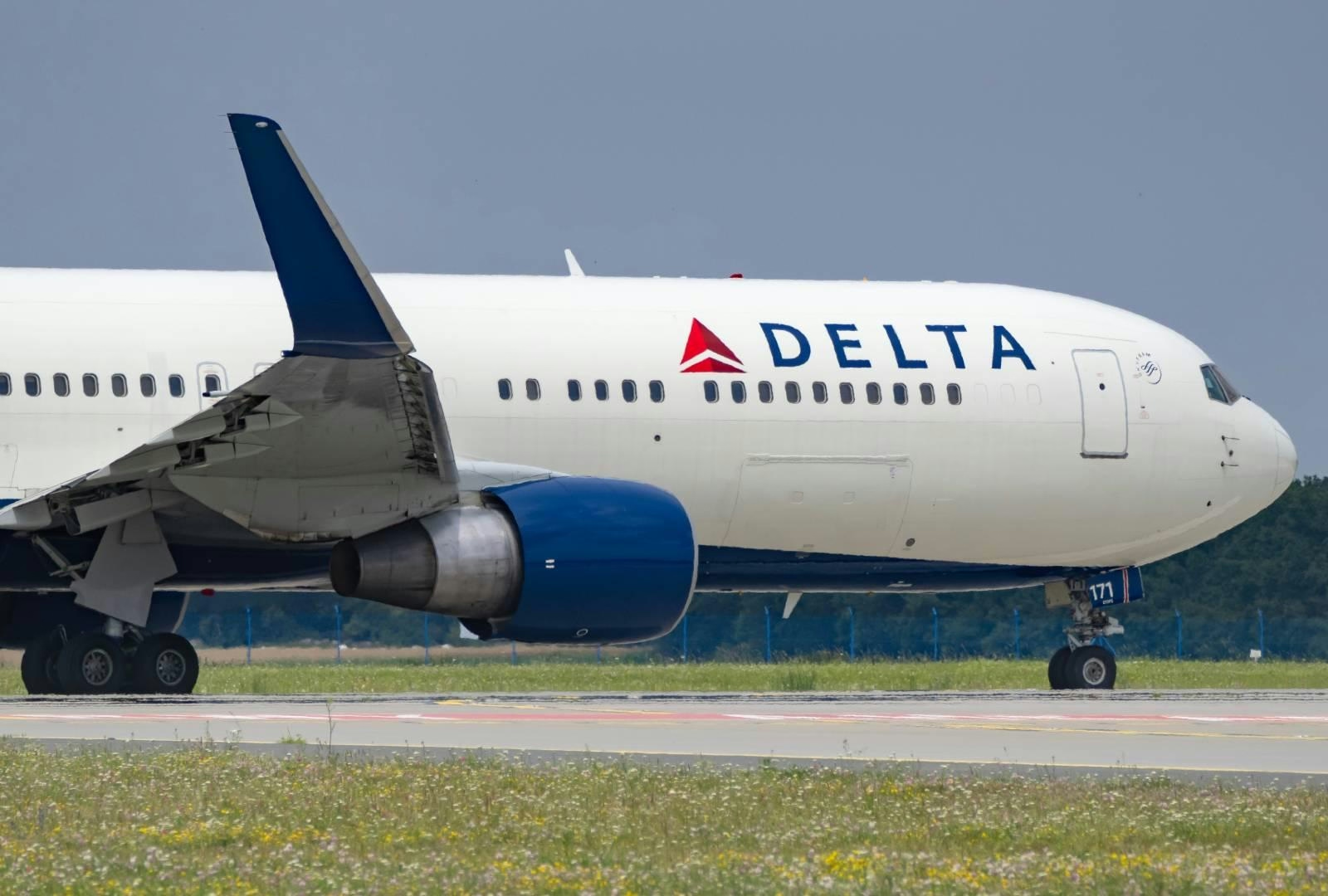
How Airlines Use AI to Set Flight Prices and What Consumers Can Do
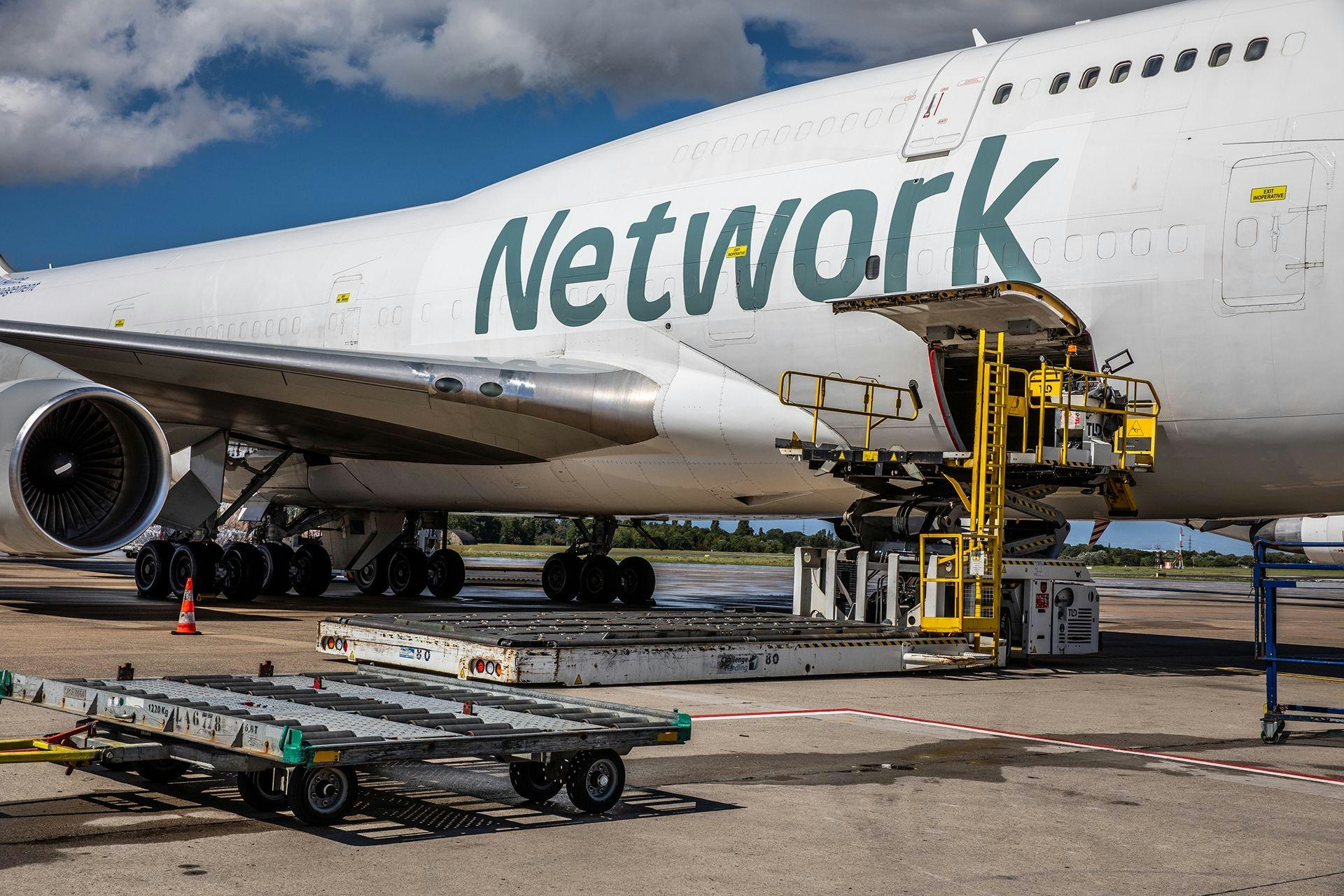
Juniper Expands Fleet with Converted Freighter Leasing
